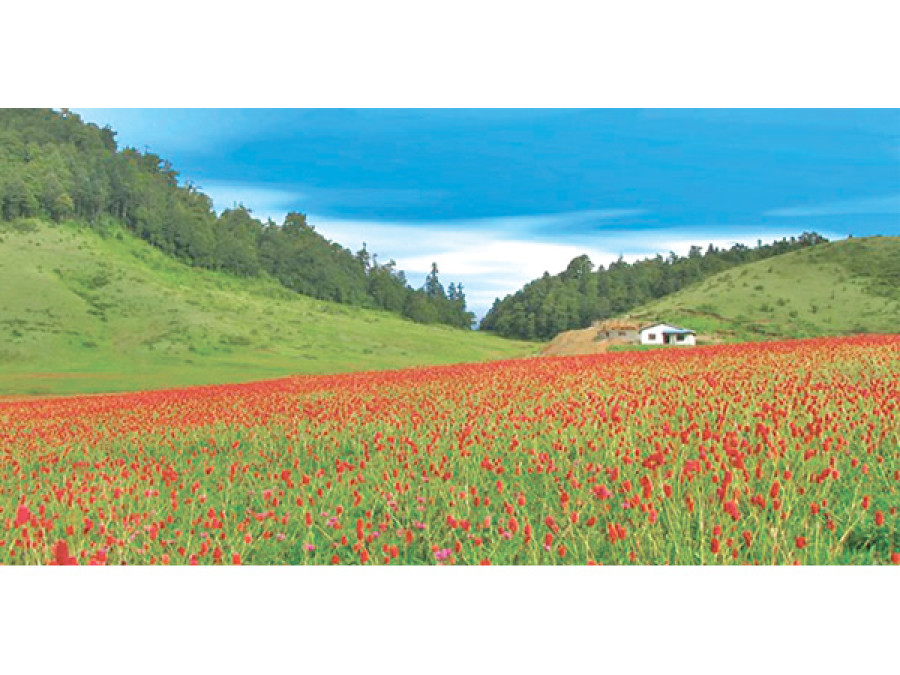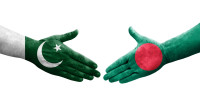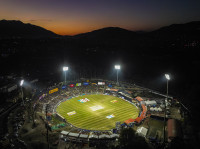Opinion
Far western review
Cursed by geography but blessed with scenic beauty, the region has great tourism potential
David Kainee
During a weeklong visit to remote hilly districts in far western Nepal, I was stunned by its scenic beauty. The negative media image spread by social evils prevalent in the region is completely forgotten when one encounters the beautiful valleys and the superb Api-Saipal mountain range. Of course, the Far Western Region is remote and chronically underdeveloped with the lowest human development index (HDI) in the country. Social evils like chaupadi (solitary confinement of women in a shed during menstruation), child marriage, dowry, deuki (the practice of offering one’s daughter to a temple where they may be sexually exploited by priests and locals making them vulnerable to sexually transmitted diseases), halia (bonded labourer) and severe gender and caste discrimination have tarnished the image of the Far West in the mainstream media.
Cursed by geography but blessed with panoramic landscapes, the Far Western Region has excellent tourism potential which can uplift the living standard of the people who are living below the poverty line. The Far West has been neglected by the state for decades. The region’s poverty and backwardness became a breeding ground for the Maoist insurgency. The 10-year-long civil war destroyed what little development infrastructure it possessed, pushing the people further into a corner. After the conclusion of the peace process and People’s Movement II, the people of the Far West had hoped for better days. But those expected better days days are nowhere on the horizon. It is disheartening to see people languishing in poverty and standing in long serpentine queues just to buy a packet of salt in Bajura. It’s painful to see children becoming orphans due to an HIV/AIDS epidemic in Achham. It’s heartrending to see people being discriminated against in the name of caste in Dadeldhura.
The Far West has huge potential for hydroelectricity, organic farming and tourism. It can produce enough energy to fulfill the requirement of the entire country if the government implements hydro projects such as Pancheshwar and West Seti which are currently in limbo. Due to its rich biodiversity and variant climate, there are good prospects for organic farming. The people can earn enough to live a comfortable life just by growing vegetables and fruits if the government launches farmer-centric agricultural programmes and arranges markets.
Recently, a campaign has been started to brand the entire Far Western Region as Beautiful Far West (Sundar Sudur Paschim) to attract tourists from around the world. Currently, the only visitors to the region are development and social workers who are involved in NGOs and INGOs. There are only a handful of tourists due to lack of publicity and infrastructure in the region. There are breathtaking sights, among them Khaptad National Park which is rich in flora and fauna. Standing on the grassland in the park, it is possible to see the awesome Saipal Himal peak. Visitors to the park say they are mesmerised by the view of the 22 pasturelands here. From the religious point of view too, Khaptad National Park is important as Khaptad Swami once lived here. The sage moved to Khaptad in the 1940s and built an ashram to meditate. He spent nearly 50 years of his life in the park. Khaptad National Park, a paradise for nature lovers, can be reached by trekking from Silgadhi, the district headquarters of Doti.
Similarly, Suklaphanta Wildlife Reserve, another splendid protected area in the Far West, is famous for the swamp deer. The great one-horned rhinoceros, recently translocated from Chitwan National Park, is another distinguished denizen of the jungle here. About 423 bird species have been recorded in the wildlife reserve. Another adventure attraction in the region is Ghodaghodi Tal which is a Ramsar wetland. The lake is made up of countless swamps, rivers, reservoirs and marshes. It also contains 388 species of vascular plants.
Tikapur of Kailali was chosen as the site for the biggest park in Nepal during the time of king Mahendra. He once lived in the park during an illness, and the air had a positive effect on his health. Hence, this place is also known as king Mahendra’s retreat.
Other potential tourist sites are the Dodhara-Chadani suspension bridge which is 1,453 metres long. One can enjoy beautiful sunset views from here. The Karnali River is another destination where one can see dolphins. It also offers excellent white water to delight rafters. Even though the Far Western Region boasts such an impressive array of tourist destinations, very few tourists visit this region due to lack of publicity and infrastructure. If the government allocates sufficient budget to expand the region’s tourism infrastructure, tourist arrivals will go up substantially. Otherwise, the region will be condemned to remain unknown and unvisited.
Kainee is associated with Global Hope Network International




 9.12°C Kathmandu
9.12°C Kathmandu










